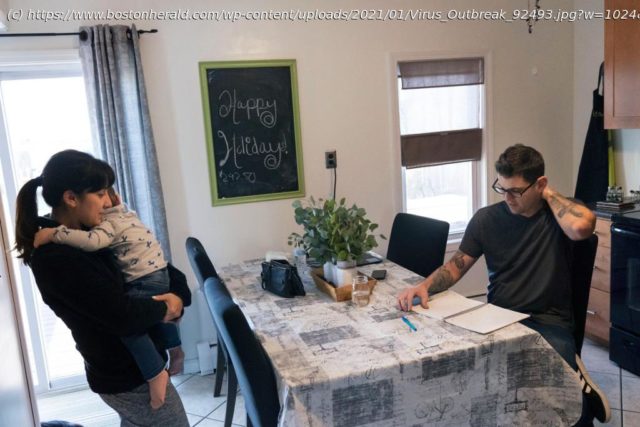WASHINGTON (AP) — Ten months into America’s viral outbreak, low-income workers are still bearing the brunt of job losses — an unusual and harsh feature of the pandemic recession that flattened the economy last spring.
WASHINGTON — Ten months into America’s viral outbreak, low-income workers are still bearing the brunt of job losses — an unusual and harsh feature of the pandemic recession that flattened the economy last spring. In December, the nation shed jobs for the first time since April. Once again, the layoffs were heavily concentrated in the industries that have suffered most because they involve the kind of face-to-face contact that is now nearly impossible: Restaurants, bars and hotels, theaters, sports arenas and concert halls. With the virus transforming consumer spending habits, economists believe some portion of these service jobs won’t return even after the economy has regained its footing. That trend will likely further widen the economic inequalities that have left millions of families unable to buy food or pay rent. Typically in a recession, layoffs strike a broad array of industries — both those that employ higher- and middle-income workers and those with lower-paid staff — as anxious consumers slash spending. Economists had worried that the same trend would emerge this time. Instead, much of the rest of the economy is healing, if slowly and fitfully. Factories, while not fully recovered, are cranking out goods and have added jobs every month since May. Home sales have soared 26% from a year ago, fueled by affluent people able to work from home who are looking for more space. That trend has, in turn, bolstered higher-paying jobs in banking, insurance and real estate. “Such differences in… employment loss between the highest- and lowest-wage workers are almost certainly unprecedented among U.






